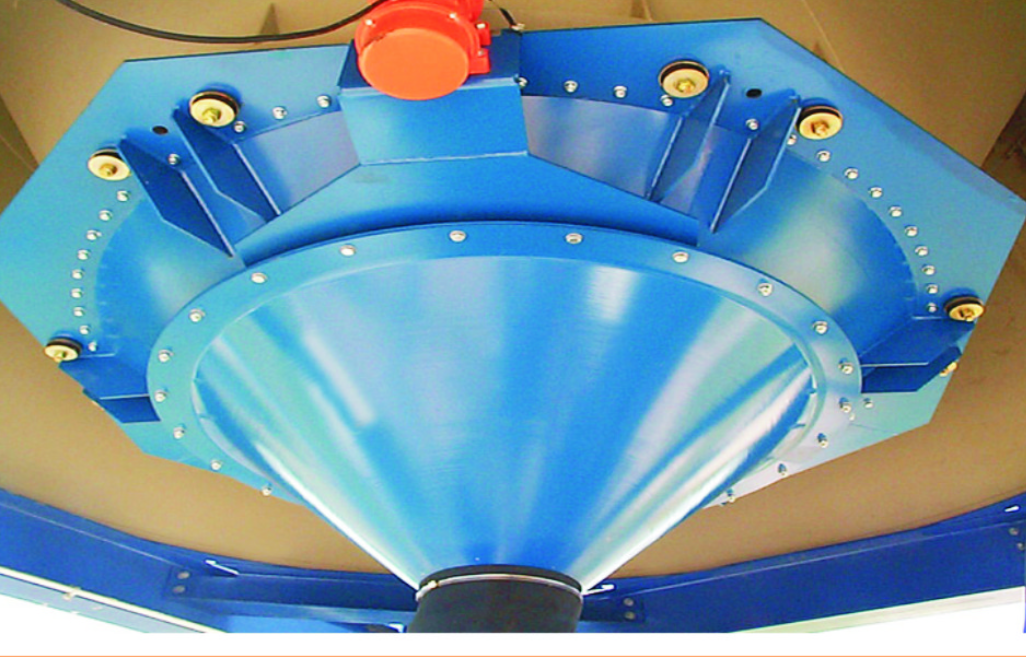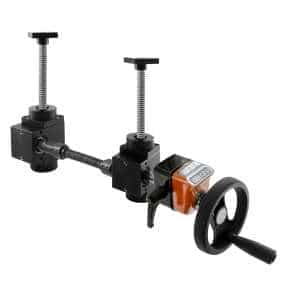
Why is it Important to Test Material Flow with Bin Activators?
Bin activators are devices that attach to the bottom of silos or hoppers and create vibrations to fluidize the material and facilitate its flow. They are used to prevent material flow problems, such as bridging, arching, rat-holing, or clogging, that can affect the efficiency and quality of the production process. Bin activators can adjust and regulate the flow rate, flow direction, and flow pattern of the material, depending on the material characteristics, the silo or hopper geometry, the environmental conditions, and the application requirements.
However, to ensure the optimal performance and functionality of bin activators, it is important to test material flow with bin activators before installing them in the production line. Testing material flow with bin activators can help to:
- Select the right bin activator for your specific material and application. Different materials may have different flow behaviors and properties, such as density, particle size, shape, moisture content, flowability, abrasiveness, corrosiveness, etc. Different applications may have different flow requirements and specifications, such as flow rate, flow control, flow direction, downstream equipment, etc. Therefore, it is important to choose a bin activator that is compatible with your material and application, and that can be customized to suit your needs. Testing material flow with bin activators can help you to evaluate and compare different bin activator models, sizes, shapes, materials, baffles, deflectors, vibrators, etc. and select the best one for your situation.
- Optimize the bin activator settings and parameters for your material and application. Bin activators have various settings and parameters that can be adjusted and regulated to control and optimize material flow, such as vibration intensity, frequency, amplitude, phase, cone angle, shape, size, outlet size, valve type, etc. However, these settings and parameters may need to be fine-tuned and calibrated for your specific material and application, as different materials and applications may have different optimal values and ranges. Testing material flow with bin activators can help you to determine and optimize the best settings and parameters for your material and application, and to achieve the desired flow rate, flow control, flow direction, and flow pattern.
- Identify and prevent any potential problems or issues with material flow and bin activator operation. Testing material flow with bin activators can help you to detect and prevent any potential problems or issues that may arise with material flow and bin activator operation, such as material blockage, leakage, spillage, degradation, segregation, contamination, dust emission, noise emission, vibration damage, etc. Testing material flow with bin activators can help you to troubleshoot and solve any problems or issues that may occur, and to ensure the safety and quality of material flow and bin activator operation.
Bin activators are effective and efficient devices that enable the smooth and reliable discharge of material from silos or hoppers. They can control and optimize material flow by adjusting and regulating the flow rate, flow direction, and flow pattern. They have several advantages over other methods of material discharge, such as uniform and controlled flow, prevention of material degradation, segregation, and contamination, increase of storage capacity, and reduction of energy consumption and maintenance costs. They can be used for a variety of materials and industries, and can be adapted to different requirements and specifications.
However, to ensure the optimal performance and functionality of bin activators, it is important to test material flow with bin activators before installing them in the production line. Testing material flow with bin activators can help to select the right bin activator for your specific material and application, optimize the bin activator settings and parameters for your material and application, and identify and prevent any potential problems or issues with material flow and bin activator operation.



